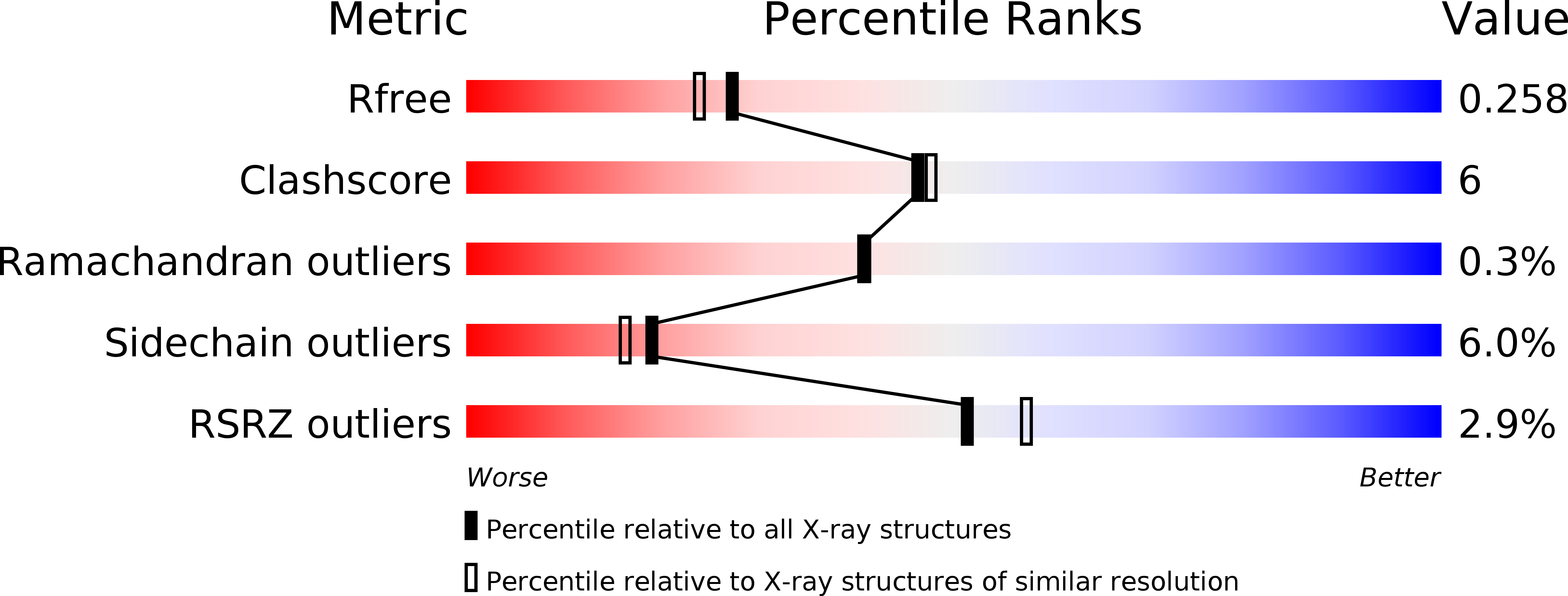
Deposition Date
2017-02-21
Release Date
2018-02-21
Last Version Date
2025-04-09
Method Details:
Experimental Method:
Resolution:
2.10 Å
R-Value Free:
0.25
R-Value Work:
0.20
R-Value Observed:
0.21
Space Group:
H 3


